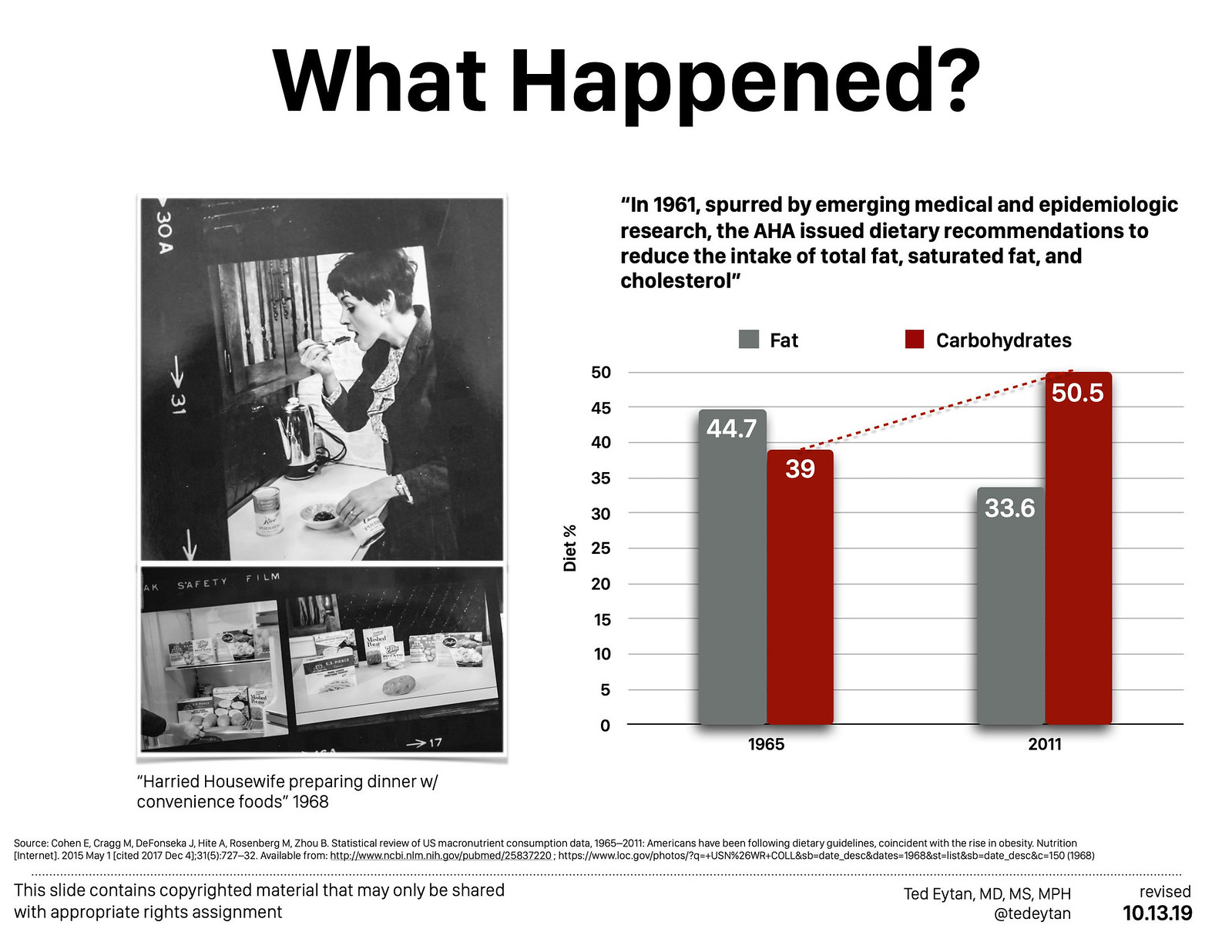
Glycemic Index and Glycemic Load of Selected Foods 459 – (View on Flickr.com)
This recent article is from the PURE study team, which I’ve written about previously. The study adds knowledge about metabolic impacts of food on a global scale.
In brief, our study included 137,851 participants between the ages of 35 and 70 years from 20 countries on five continents. The countries included 4 high-income countries (Canada, Sweden, Saudi Arabia, and the United Arab Emirates), 11 middle-income countries (Argentina, Brazil, Chile, China, Colombia, Iran, Malaysia, Palestinian territory, Poland, South Africa, and Turkey), and 5 low-income countries (Bangladesh, India, Pakistan, Tanzania, and Zimbabwe)Jenkins DJA, Dehghan M, Mente A, Bangdiwala SI, Rangarajan S, Srichaikul K, et al. Glycemic Index, Glycemic Load, and Cardiovascular Disease and Mortality. N Engl J Med [Internet]. 2021 Feb 24;NEJMoa2007123. Available from: http://www.nejm.org/doi/10.1056/NEJMoa2007123
The results:
After performing extensive adjustments comparing the lowest and highest glycemic-index quintiles, we found that a diet with a high glycemic index was associated with an increased risk of a major cardiovascular event or death, both among participants with preexisting cardiovascular disease (hazard ratio, 1.51; 95% confidence interval those without such disease (hazard ratio, 1.21; 95% CI, 1.11 to 1.34)Jenkins DJA, Dehghan M, Mente A, Bangdiwala SI, Rangarajan S, Srichaikul K, et al. Glycemic Index, Glycemic Load, and Cardiovascular Disease and Mortality. N Engl J Med [Internet]. 2021 Feb 24;NEJMoa2007123. Available from: http://www.nejm.org/doi/10.1056/NEJMoa2007123
The effect size is not large, and this is ultimately a food frequency questionnaire/association study (albeit one that is well done). What stood out to me are the significant differences in glycemic index/load intake across the geographies. China is much higher than Europe/North America, for example.
Nevertheless, this is the turn the Standard American Diet made after fat was pronounced unhealthy in the 1960’s.

2018.05 Low Carb and Low Carbon – Ted Eytan MD 2-1002 794 – (View on Flickr.com)
I’ve previously looked at the glycemic index of foods (see: Just Read: Diets for Health, Goals and Guidelines (Except what if the guidelines aren’t working?) – American Family Physician), and besides the data not being that compelling, the “whole grain” equivalents of refined foods don’t have glycemic indices that are that much lower. In other words, sugar is sugar.
The PURE study has previously shown that the substitution for fat of any kind (saturated or unsaturated) for carbohydrates results in a higher death rate. See: Just Read: More Validation of Low(er) Carb High(er) Fat Diets: The PURE Study and Lipids
Reference
Jenkins DJA, Dehghan M, Mente A, Bangdiwala SI, Rangarajan S, Srichaikul K, et al. Glycemic Index, Glycemic Load, and Cardiovascular Disease and Mortality. N Engl J Med [Internet]. 2021 Feb 24;NEJMoa2007123. Available from: http://www.nejm.org/doi/10.1056/NEJMoa2007123